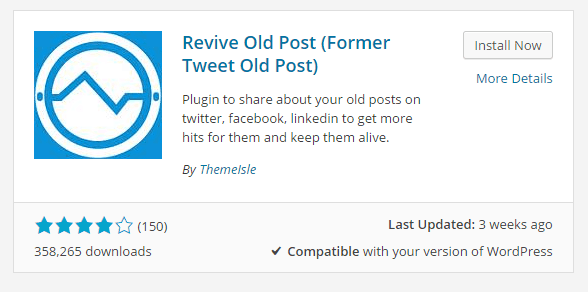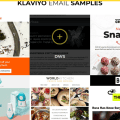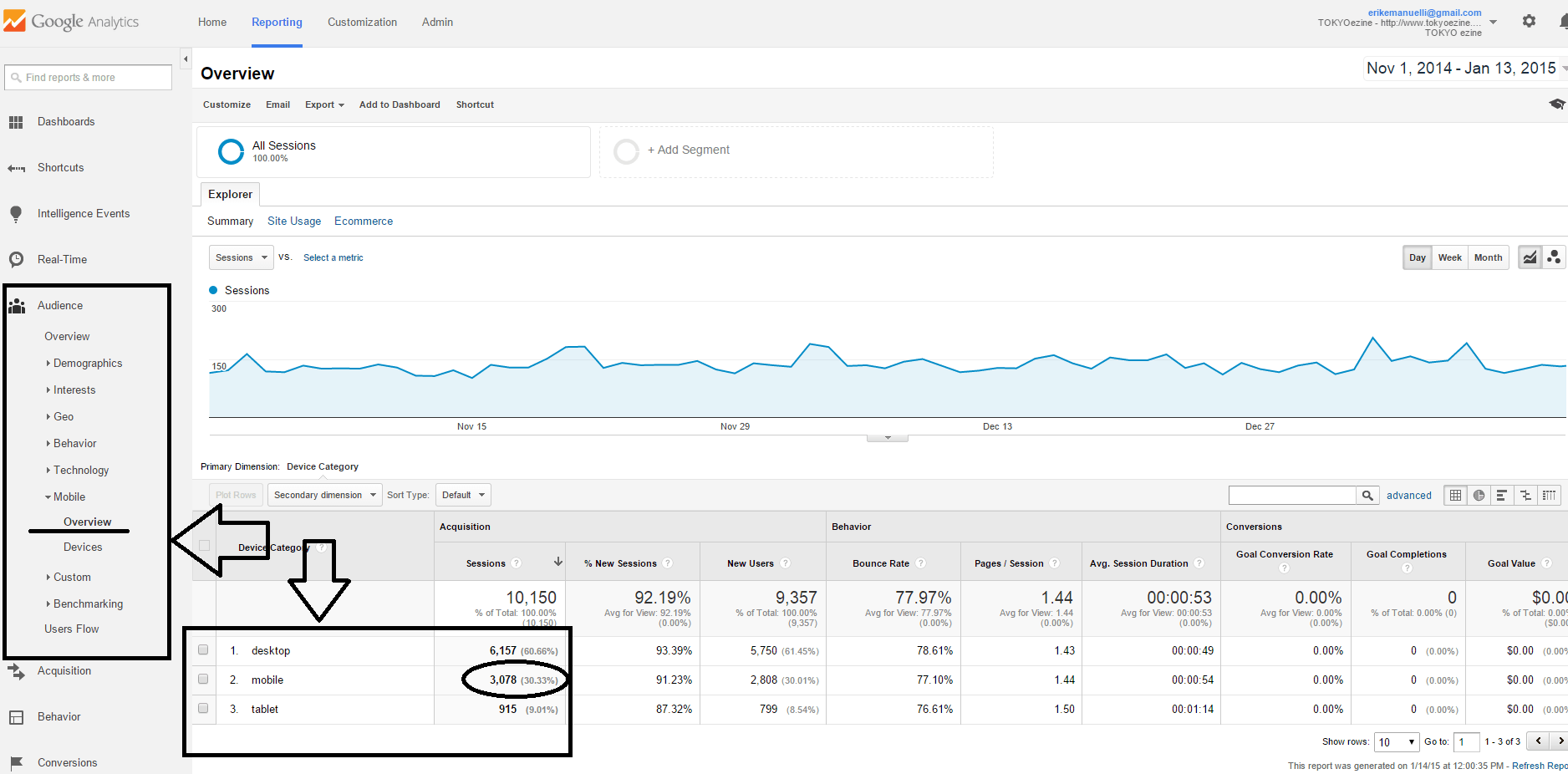Welcome to your comprehensive guide on Seasonal and Speciality Direct Mail Marketing Strategies! In a world where digital ads dominate, you might wonder, “Why is direct mail still a good idea?”
Well, with 98% of households checking their mail daily, direct mail packs a punch that’s hard to ignore. It’s a marketing tool that offers a tangible connection, high visibility, and the power of customization. In this guide, we’ll delve into the art of crafting a successful direct mail campaign that aligns with the changing seasons.
From identifying peak seasonal periods to measuring your campaign’s success and ROI, we’ve got you covered. We’ll also explore how to strike the perfect balance with the frequency of your mailers and how to maximize the impact of your direct mail pieces through customization.
So, whether you’re targeting summer sale seekers or holiday shoppers, buckle up! We’re about to embark on a journey that will transform your direct mail marketing efforts and help you seize every seasonal opportunity.
Let’s dive in!
Table of Contents
Understanding the Power of Seasonal Direct Mail Marketing
In the realm of marketing, seasonal direct mail campaigns hold a unique power. They offer a tangible connection to customers during peak buying periods, creating a lasting impression that digital platforms often struggle to achieve.
Understanding this power is the first step in leveraging direct mail marketing to its full potential. Let’s delve into why direct mail continues to be a formidable tool in today’s digital world and the benefits it brings during peak seasons.

Why Direct Mail Still Packs a Punch in a Digital World
In the digital age, one might question the relevance of direct mail. However, it’s far from obsolete. Direct mail marketing, despite the surge in digital platforms, continues to hold its ground. It offers a tangible, personal touch that digital mediums often lack, making it a powerful tool in a marketer’s arsenal.
The effectiveness of direct mail is amplified during peak seasonal periods. The tangible nature of direct mail allows it to stand out amidst the digital clutter, especially during seasons when consumers are inundated with online promotions. This is why direct mail still packs a punch in a digital world.
The Benefits of Direct Mail During Peak Seasons
Direct mail has a unique ability to cut through the overwhelming clutter of digital marketing, making it a highly effective tool, particularly during peak seasonal periods. While many consumers are inundated with online ads and emails, physical mail has the advantage of landing directly in their hands, ensuring greater visibility and engagement. This direct, personal connection allows businesses to stand out during times when competition for consumer attention is at its highest.
The tangible nature of direct mail provides an experience that digital formats simply cannot replicate. Recipients have the opportunity to physically interact with the material, whether it’s a postcard, brochure, or coupon. This sensory interaction helps to create a more memorable experience, leading to a stronger impression and often a higher retention rate of the message being communicated.
One of the greatest strengths of direct mail is its high visibility. Unlike digital content that can easily be buried in crowded inboxes or overlooked in online feeds, direct mail commands attention. It arrives in a recipient’s mailbox, often standing out against the relatively sparse landscape of physical mail. This increases the likelihood that the message will be noticed, read, and acted upon.
Direct mail is also highly customizable, which allows businesses to craft messages that are tailored to the specific needs and interests of their target audience. This flexibility is particularly valuable during peak seasons when consumer behaviors and preferences shift. By adjusting the content, design, and offer based on the audience’s demographics or purchasing patterns, businesses can maximize the impact of their campaign, ensuring their message resonates more effectively.
Crafting Your Seasonal Direct Mail Marketing Strategy
Crafting a seasonal direct mail marketing strategy requires a blend of creativity, strategic thinking, and a deep understanding of your target audience. It’s about identifying the right time to reach out, designing compelling mail pieces, and ensuring your message resonates with the right people. Let’s delve into how you can make your campaign a success.
Identifying Peak Seasonal Periods
Identifying peak seasonal periods is a crucial first step in crafting a successful direct mail marketing strategy. This involves analyzing market trends and customer behavior to pinpoint the times when your target audience is most likely to respond positively to your mail marketing campaign.
Understanding these peak periods allows you to strategically time your direct mail campaigns, ensuring maximum impact and return on investment. It’s all about striking when the iron is hot, and in the world of direct mail marketing, timing is everything.
Designing Effective Direct Mail Campaigns
Designing an effective direct mail campaign requires a blend of creativity and strategic thinking. The visual appeal of your mail piece is crucial in capturing the attention of your target audience. Start with a design that reflects your brand and aligns with the season. Bold colors, high-quality images, and clean layouts can significantly enhance the attractiveness of your mail piece.
However, visual appeal alone is not enough. Your message should be clear, direct, and compelling. Focus on the benefits of your offer and how it addresses the needs or desires of your audience. Avoid clutter and unnecessary details; instead, make every word count. Remember, a well-designed direct mail marketing campaign can turn interest into conversions, ultimately driving results for your brand.
Audience Segmentation: Ensuring Your Message Reaches the Right People
Audience segmentation is a critical component of a successful direct mail marketing campaign. It involves dividing your audience into specific groups based on factors such as demographics, purchasing history, or location. This allows you to tailor your message to resonate more effectively with each segment, increasing the likelihood of engagement and conversion.
For instance, a retail store might segment its customer base by purchase history, sending back-to-school promotions to families with children and holiday gift ideas to frequent shoppers. Geographic segmentation can also be useful; a summer campaign might target customers in warmer climates, while a winter promotion could focus on areas expecting snow. By using targeted mailing leads through platforms like Postalytics, businesses can refine these segments further, ensuring that each message reaches the most relevant audience to maximize engagement and conversions.
Timing Your Direct Mail Campaigns
Timing is a critical aspect of any successful direct mail marketing campaign. It’s not just about sending out your mailers, but ensuring they land in your audience’s mailboxes at the most opportune moment. This requires careful planning and a deep understanding of your target audience’s behavior and preferences.
The goal is to maintain a consistent presence without overwhelming your audience. Too many mailings can lead to diminishing returns. So, plan your direct mail marketing strategy wisely, keeping the timing aspect at the forefront.
Measuring Success and ROI
In the realm of direct mail marketing, measuring success and ROI is a critical step. It’s not enough to simply launch a campaign and hope for the best. You need to track key metrics such as response rates and conversion rates to gauge the effectiveness of your seasonal direct mail campaign.
Response rates can provide insights into how many recipients took action after receiving your mail, such as visiting your website or redeeming a coupon. Conversion rates, on the other hand, measure how many of those responses turned into actual sales or other desired outcomes. These metrics can help you refine your strategy for future campaigns, ensuring each one is more successful than the last.
Frequency of Mailers: Striking the Right Balance
In direct mail marketing, the frequency of mailers plays a pivotal role in the success of your campaign. Striking the right balance is a delicate dance, one that requires careful planning and strategic execution. It’s about maintaining a consistent presence without becoming a nuisance, and maximizing engagement without overwhelming your audience.
Understanding the optimal frequency for your campaign and balancing it with response rates can significantly enhance your marketing efforts. It’s a game of precision, and when played right, it can lead to impressive results.

Determining the Optimal Frequency for Your Campaign
The goal is not to overwhelm your audience but to engage them effectively. Therefore, it’s essential to strike the right balance between frequency and response rates. This will ensure your marketing efforts are not only consistent but also effective in driving desired outcomes.
Balancing Frequency and Response Rates
Balancing the frequency of your direct mailers with response rates is a delicate act. It’s crucial to strike a balance that maximizes engagement without overwhelming your audience. Too many mailers can lead to fatigue and decreased response rates, while too few may not adequately convey your marketing message or maintain brand visibility.
Analyzing past campaigns can provide valuable insights into the optimal frequency. Look at the response and conversion rates in relation to the mailing time and frequency. This data can help you fine-tune your marketing efforts, ensuring that your direct mail campaign resonates with your audience and drives the desired outcomes.
Customizing Your Direct Mail for Maximum Impact
From understanding your audience to designing with purpose, every step is crucial in creating a direct mail piece that resonates with the recipient.
The Power of Customizable Direct Mail
The power of customizable direct mail lies in its ability to create a personal connection with the recipient. Unlike digital ads or mass emails, direct mail can be tailored to reflect the recipient’s personal tastes and preferences. This level of personalization fosters a sense of loyalty and trust, making the recipient more likely to respond positively to the mail piece.
A well-executed direct mail campaign can yield incredible results. It’s not just about sending out a bunch of postcards or letters. It’s about creating a marketing tool that resonates with the recipient on a personal level. The texture of the paper, the weight of the envelope, and the vibrant colors of a well-designed postcard all contribute to a sensory experience that digital media simply can’t replicate.
Tips for Creating Customizable Direct Mail Pieces
- Understand Your Audience: Knowing your audience is the first step in creating a customizable direct mail piece. This includes understanding their preferences, buying habits, and what they value in a product or service.
- Personalize Your Message: Address the recipient by name and include offers based on their past purchases. This fosters a sense of loyalty and trust, making your mail piece more effective.
- Design with Purpose: The design of your mail piece should reflect the personal tastes of your audience. This includes the texture of the paper, the weight of the envelope, and the vibrant colors of a well-designed postcard.
- Create a Memorable Experience: Make the path from opening the mailbox to taking action on your offer quick, easy, and memorable. This can be achieved through thoughtful personalization and unique design elements.
- Set Measurable Goals: Have a specific and measurable goal for your direct mail campaign. This will help you track the success of your campaign and make necessary adjustments.
Wrapping Up: Maximizing Your Seasonal Direct Mail Marketing Strategies
In conclusion, seasonal direct mail marketing strategies offer a unique opportunity to connect with your audience in a meaningful way. By aligning your direct mail distribution with the changing seasons, you can tap into the emotions and behaviors of your customers, making your marketing efforts more impactful and memorable.
Remember, the success of your direct mail campaign hinges on careful planning, creative design, and strategic timing. Don’t be afraid to experiment with different approaches and always measure your results to continually refine your strategy.
While the digital world continues to evolve, the power of direct mail remains undeniable. So, whether you’re planning a summer sale or gearing up for the holiday season, make direct mail a key part of your marketing toolkit.
It’s not just about sending mail, it’s about creating connections.
























